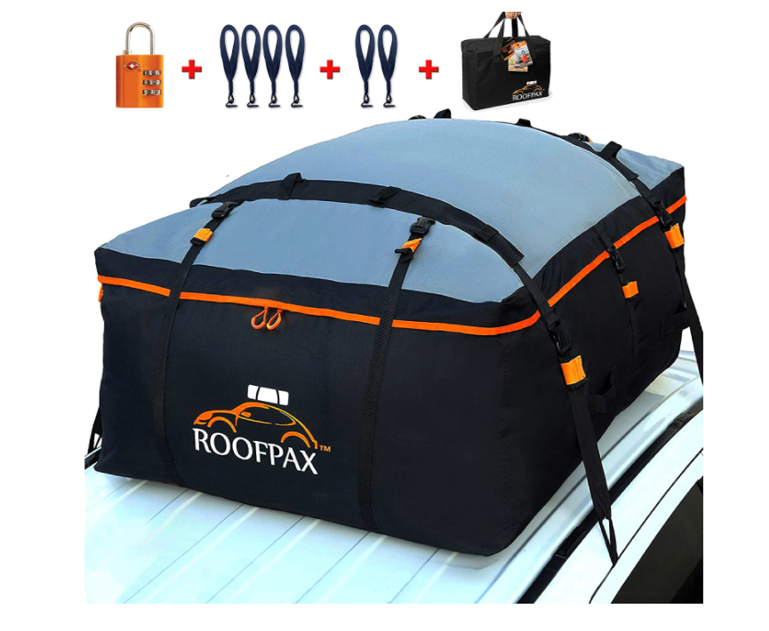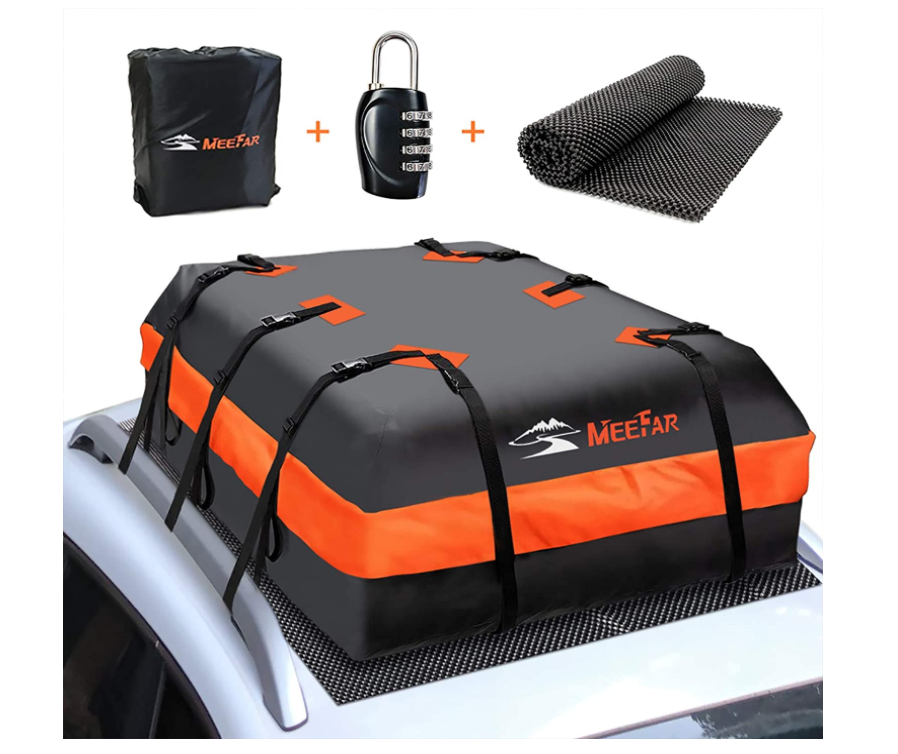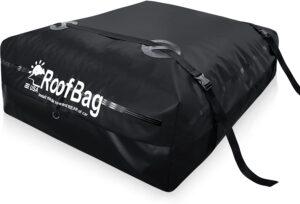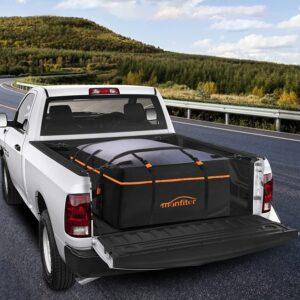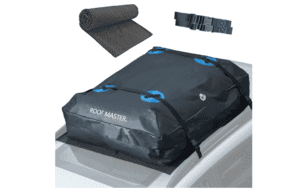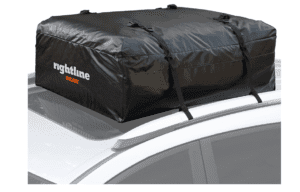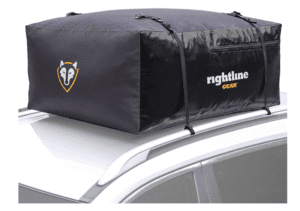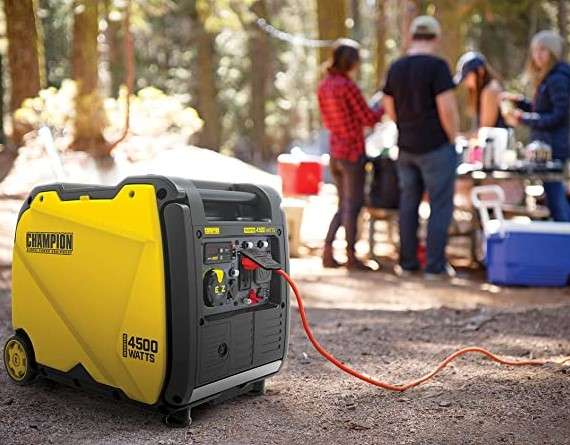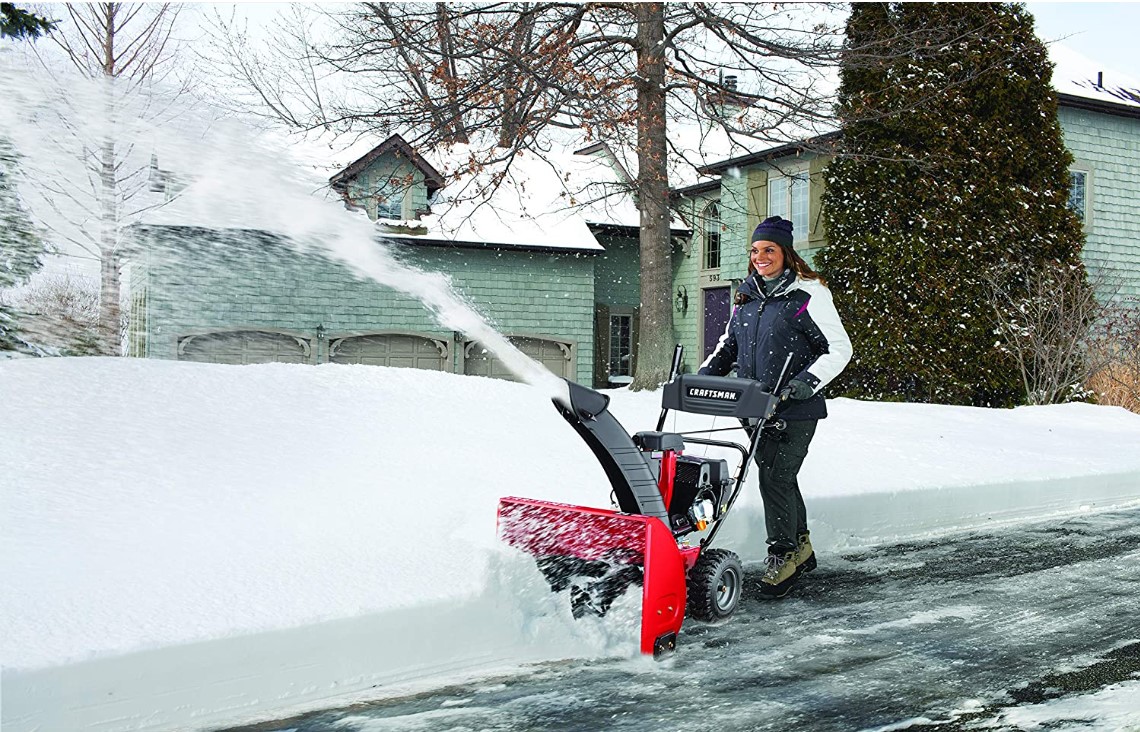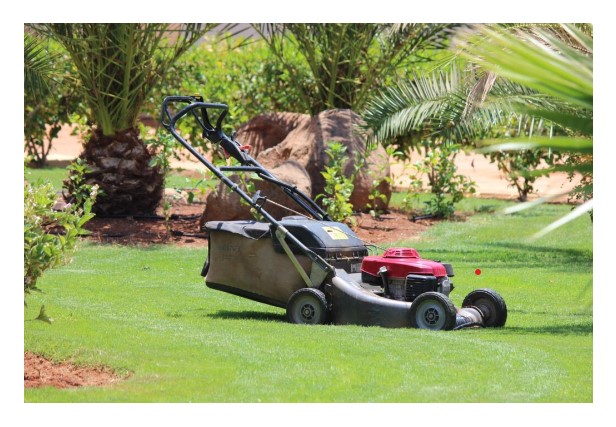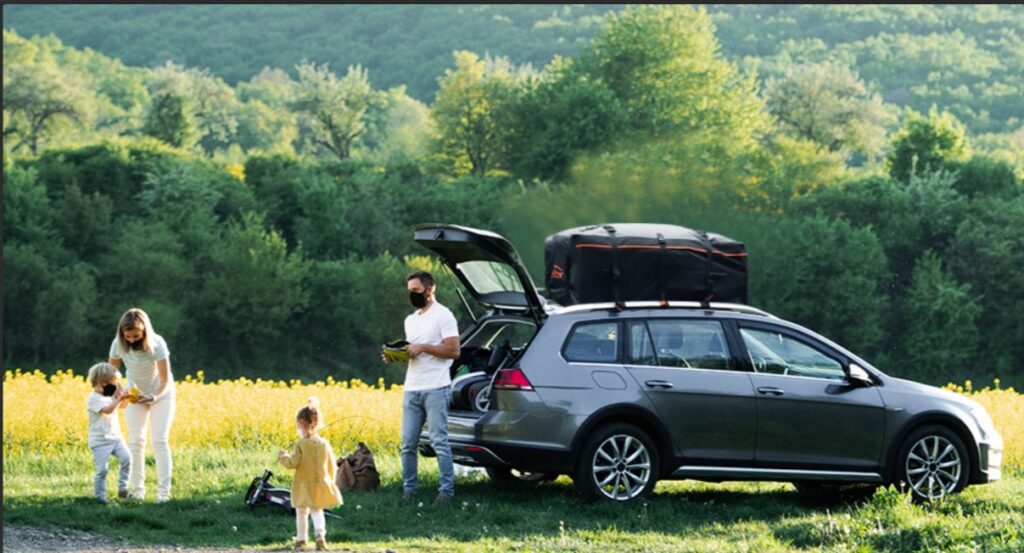
Roofpax is One of the most selling Rooftop cargo bags withour rails, for Heavy-duty . It doesn’t need any rack or side rails. It’s completely waterproof. You don’t need to worry about any water leakage, didn’t get a drop of water inside. Very easy installation and uninstallation take only a few minutes. It’s 100% safe and comfortable with a very large space and roomy
Rooftop Car Carrier Cargo Storage Bag with best heavy-duty car carrier. 100% waterproof safe & comfortable with any size of car or SUV.
7 Best Car Roof Bags doesn’t need any rail and rack:
7 Roof Top Bag for Car
RoofPax heavy-duty Bag provides maximum safety with door hooks that go inside the car and tie down any Rooftop luggage. Easy installation with any size of Car, Truck, or SUV without the help of rack and side rails with no risk of damage to car windows seals. Its fabric water repellent doubled coating keeps your cargo fully protected from rain, wind, snow, and sun. Massive 15 cubic feet of space can easily hold 4-6 suitcases. Its made of high-quality PVC material that lasts for years. It comes with an integrated mat to help prevent scratches paint and your luggage from sliding during transit. Light-reflecting logo when driving at night for your security.
Made of 100% Tearproof material and waterproof.
It comes with anti-slip mats and very quick installation. Compatible with any sized car or SUV, work both with a car with or without a roof rack.
A very large area can hold 6-suitcase.
Rooftop car bags without any rack needed are a convenient and affordable solution for transporting gear on top of your car. These bags use straps and other secure mounting systems to attach directly to your car’s roof, eliminating the need for a roof rack. These bags offer ample storage space for your gear, and are made from durable, weather-resistant materials to protect your belongings from the elements. When choosing a rooftop car bag, be sure to consider factors such as capacity, material quality, and weather resistance to ensure you select the best option for your needs.
Rooftop cargo carrier bags offer a convenient and cost-effective solution for transporting gear on top of your car without the need for a roof rack. These bags utilize secure straps and mounting systems to attach directly to your car’s roof, providing ample storage space for your gear. Rooftop cargo carrier bags are made from durable, weather-resistant materials to keep your belongings protected from the elements, and feature a compact design for easy storage when not in use. When choosing a rooftop cargo carrier bag, it’s important to consider the capacity, weather resistance, and material quality to ensure you select the best option for your needs. Whether you’re heading out for a road trip or simply need to transport gear for work or play, a rooftop cargo carrier bag is a convenient, affordable, and reliable solution for all your storage needs.
P.I Rooftop car bags are a convenient and versatile solution for transporting gear on top of your car. Unlike traditional rooftop bags, P.I bags do not require a roof rack, making them a great option for those who do not have a roof rack or do not want to install one. These bags use straps and other secure mounting systems to attach directly to your car’s roof, providing ample storage space for your gear. P.I bags are made from durable, weather-resistant materials to protect your belongings from the elements, and come in a variety of sizes to meet your storage needs. Whether you’re heading out for a weekend road trip or simply need to transport gear for work or play, P.I Rooftop car bags are an excellent choice for anyone looking for a convenient, affordable, and reliable way to transport their gear.
Rightline car bags are an innovative solution for transporting gear on top of your car without the need for a roof rack. These bags utilize secure straps and mounting systems to attach directly to your car’s roof, making them an ideal option for those who do not have a roof rack or do not want to install one. Rightline bags come in a range of sizes to accommodate different storage needs, and are made from durable, weather-resistant materials to keep your belongings protected from the elements. When choosing a Rightline car bag, be sure to consider the capacity, weather resistance, and material quality to ensure you select the best option for your needs. Whether you’re heading out for a road trip or simply need to transport gear for work or play, Rightline car bags are a convenient, affordable, and reliable solution for all your storage needs.
The Rightline Gear Sport 2 car bags are a versatile and convenient solution for transporting gear on top of your car without the need for a roof rack. These bags utilize secure straps and mounting systems to attach directly to your car’s roof, providing ample storage space for your gear. The Sport 2 bags are made from durable, weather-resistant materials to keep your belongings protected from the elements, and feature a compact design for easy storage when not in use. Additionally, the Sport 2 bags are equipped with additional features such as side opening for easy access to your gear, and mesh windows for added ventilation. When considering a Rightline Gear Sport 2 car bag, be sure to consider the capacity, weather resistance, and material quality to ensure you select the best option for your needs. Whether you’re heading out for a road trip or simply need to transport gear for work or play, the Rightline Gear Sport 2 bags are a convenient, affordable, and reliable solution for all your storage needs.
